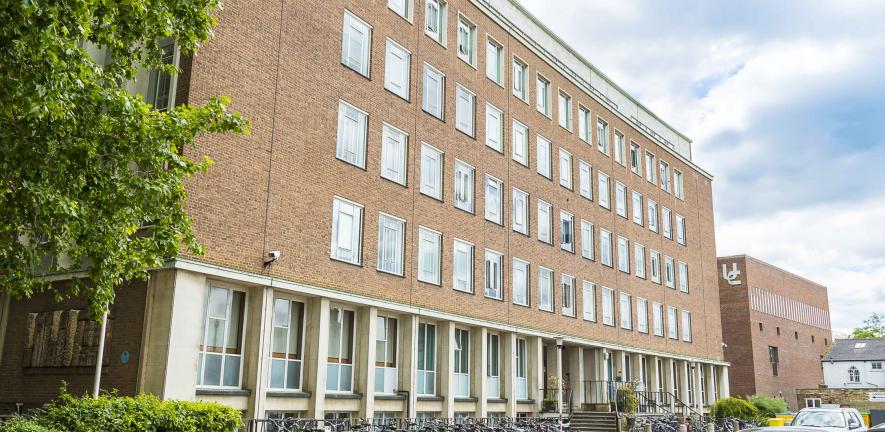
Dr Mateo Isidro Sanchez Lopez
Wellcome Trust Fellow
Mateo works at the frontiers between chemistry and biology, developing new molecular tools for cell biology and neuroscience. He completed his PhD in organic chemistry in Spain and the focus of his thesis was on DNA recognition by designed fluorescent binders. As he was eager to learn molecular biology and directed evolution, in 2015 he joined the group of Prof Alice Ting at the Massachusetts Institute of Technology (MIT), and later the Department of Genetics at Stanford University with an EMBO long-term postdoctoral fellowship. Mateo most recently held a Marie Curie Fellowship at Imperial College London, where he designed genetic circuits to study DNA repair mechanisms.
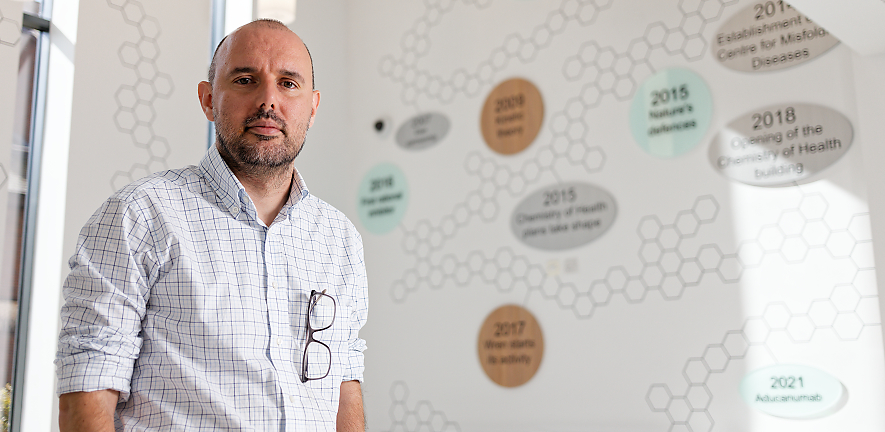
With his own research group in the department, Mateo plans to continue research into the mapping and manipulation of active neuronal circuits underlying specific behaviours, by developing new molecular tools.
Additionally, he is designing enzymes that can be used to make small molecules used in pharmaceuticals. He adds: “My goal is to use enzymes to make small molecules that would be very difficult to obtain by traditional methods. These molecules could be more affordable building blocks to make complex drugs.”
Dr Svetlana Menkin
Royal Society University Research Fellow
Previously in the Grey Group, Svetlana’s research interests cross the broad areas of electrified interfaces, energy storage materials, alkali and multivalent metal plating and surface electrochemistry. She studies the materials and electrified interfaces in batteries to make them more sustainable and safer. Batteries are made up of many different materials and interfaces and Svetlana’s work looks at ions and electrons moving on an electrode’s surface. The fundamental question she researches is how a charge moves across different interfaces. Recently, she expanded her research into understanding and preventing battery short-circuiting.
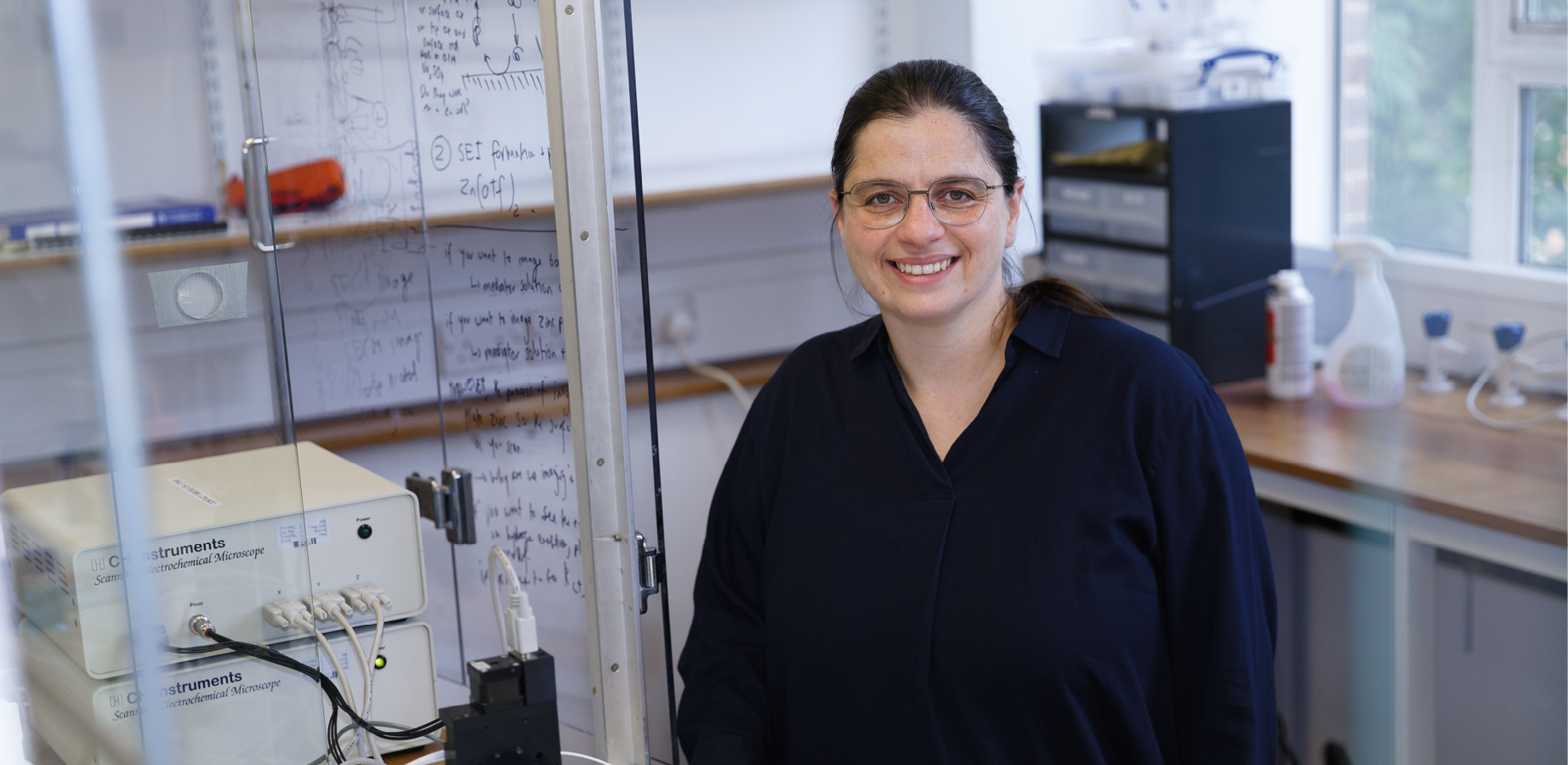
Before Svetlana joined the Grey group, she had industry experience developing high-energy electrodes for lithium batteries and supercapacitors. Now embarking on her own group, she is specifically looking for ways to replace rare and precious elements in batteries with more abundant and sustainable resources, such as sodium, calcium and aluminium. She comments: “I look forward to building a group that spans many disciplines of surface electrochemistry and battery research and collaborations so that we can develop tools that improve batteries across all stages.’’
Dr Pawel Dydio
Assistant Professor in Synthetic Organic Chemistry
Pawel’s research focuses on discovering new strategies to make the synthesis of chemicals and materials clean and efficient, with the overarching aim to make the chemical industry sustainable.
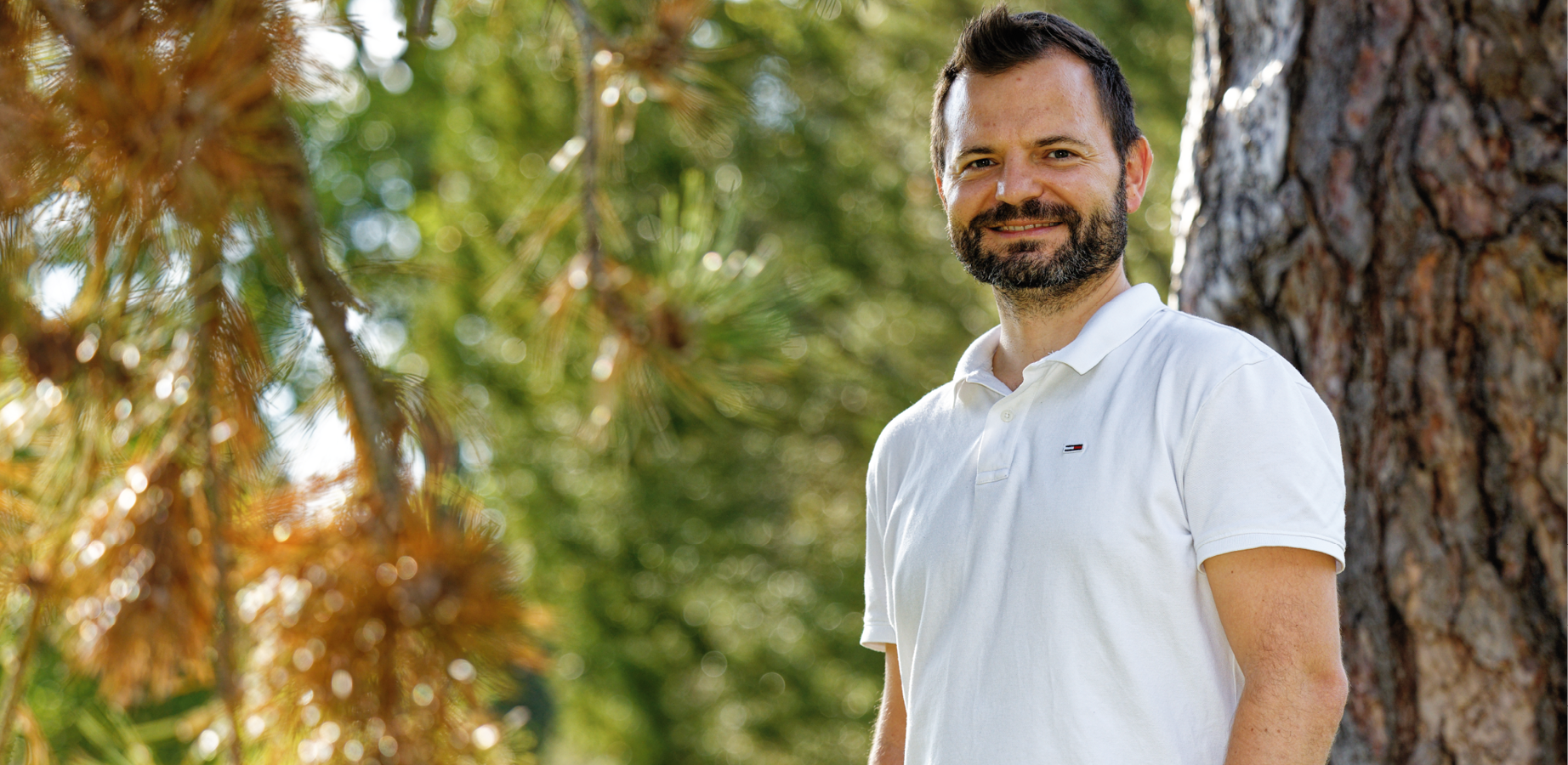
Pawel says: “Catalysis is the key technology to meet the challenges of our society, especially in the context of the responsible use of resources, energy and waste mitigation. I think the real breakthroughs can be triggered by the detailed understanding of catalytic processes at their core.” Therefore, a large part of his research programme at the department is dedicated to studying and improving catalytic reactions, especially where there are no available alternatives.
Although the research is primarily curiosity-driven, it may soon lead to innovations of practical significance. For instance, the group has recently addressed a long-standing issue in industrially-relevant hydroformylation processes. Pawel is collaborating with an industrial partner to bring this technology to the market.
Dr Ruth Webster
Assistant Professor in Synthetic Organic Chemistry
Ruth aims to design sustainable catalysts to bind elements together more efficiently. Catalysts help enable reactions that would normally require a lot of energy, but many metals used as catalysts are in everyday objects such as our mobile phones. Ruth aims to replace these precious metal catalysts, such as palladium or rhodium, with a more sustainable alternative: iron. Her research focuses on understanding how iron can act as a catalyst and how to make it act more like a precious metal.
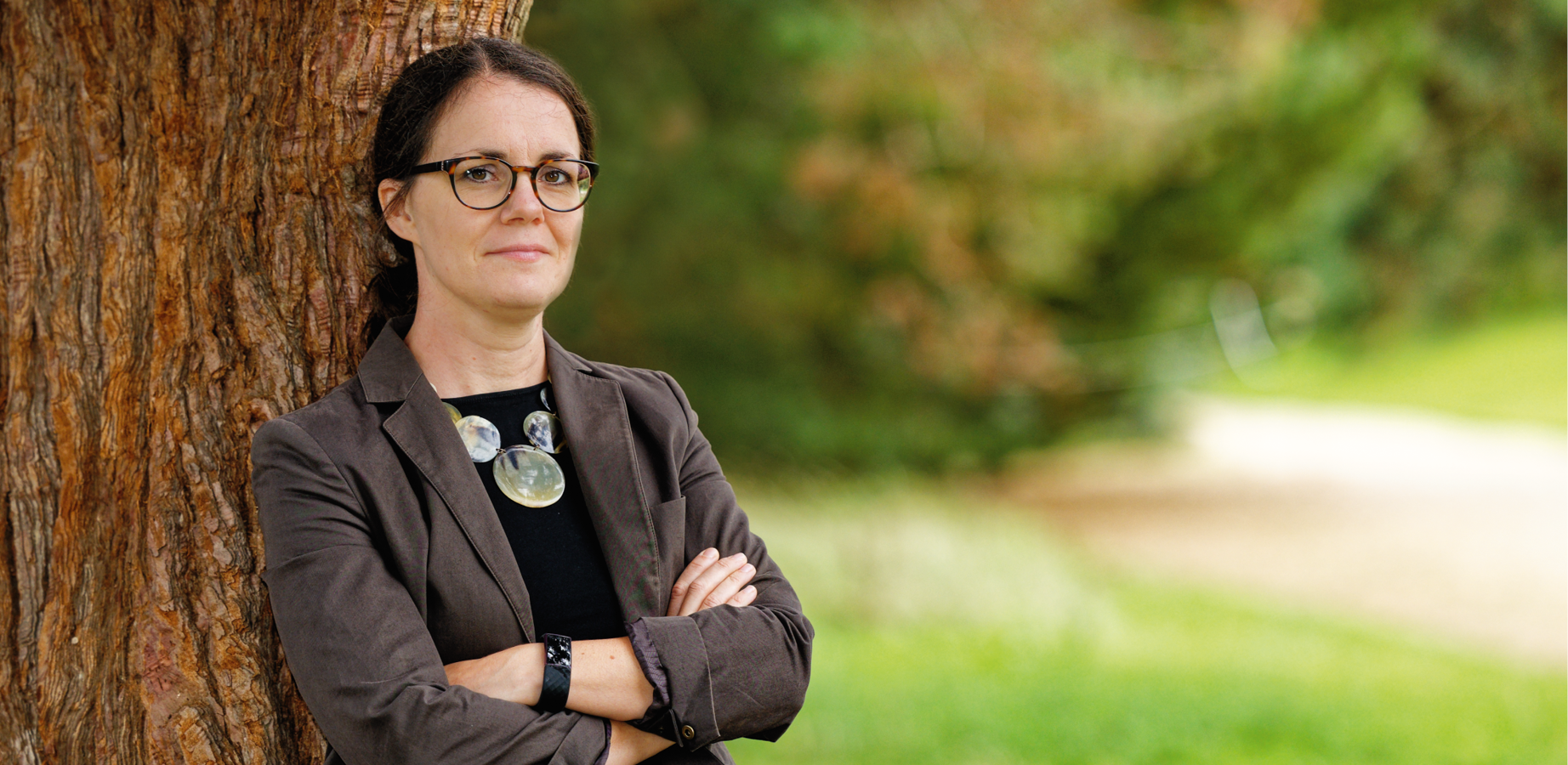
Ruth comments: “Iron is not a simple drop-in replacement for the precious metals, unfortunately, so we need to understand how iron works in catalysis.”
She uses many different spectroscopic, spectrometric and computational techniques to investigate how catalysts work on a molecular level. Her work at the department will build on her catalyst research which began in 2014, when she used iron as a catalyst to promote a phosphine reaction. Her research can help make chemical production more sustainable, such as in the case of phosphine products which are used in pharmaceuticals and agrochemicals.
Dr Julian Willis
Assistant Professor in Chemical Biology
Julian joins the department after completing his postdoctoral work where he designed new proteins which were able to correct mutations in our genetic code. This work was done in MIT and Harvard at the Broad Institute in Massachusetts, a multidisciplinary genomic medicine research organisation.
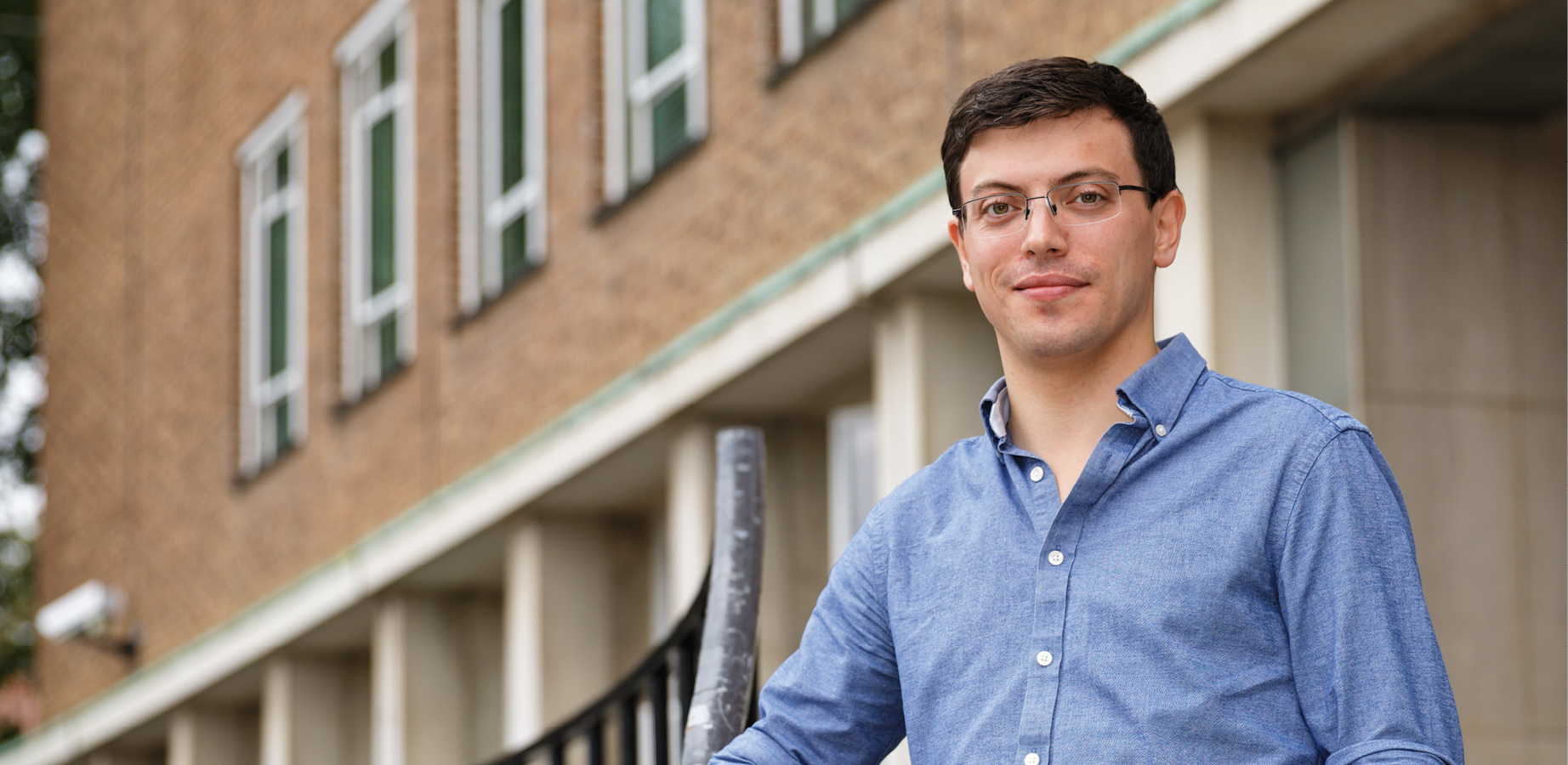
Julian now studies, characterises and engineers an unusual class of virus which has the potential to be harnessed for treating genetic diseases. These viruses have an intriguing mode of replicating themselves, with the unique feature of a viral protein that remains permanently attached to their DNA. Julian is investigating this unusual replication process so that it can be repurposed as a tool for gene editing to treat genetic disease.
“Because this sort of gene editing is so new there are still lots of challenges to overcome. We have huge databases of genes from bacteria and viruses found in the soils or oceans with untapped potential. Now we need someone to look through them and find new tools. I’d like to make a dedicated effort in this search.”
This article first appeared in Chem@Cam magazine Winter 2023 Issue 67 pg 18.

